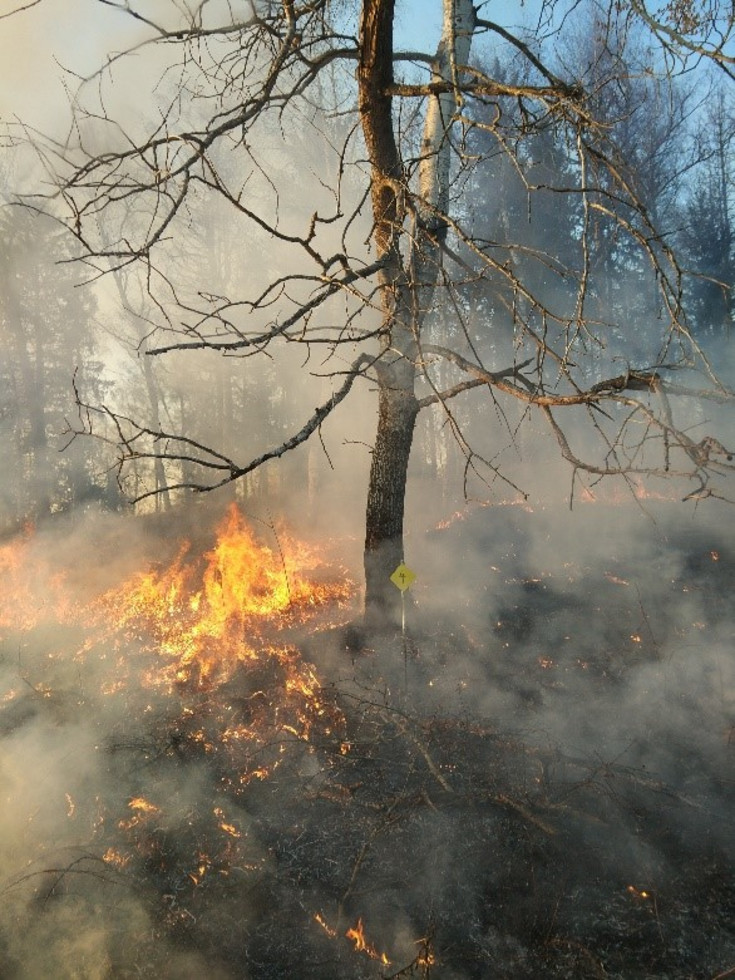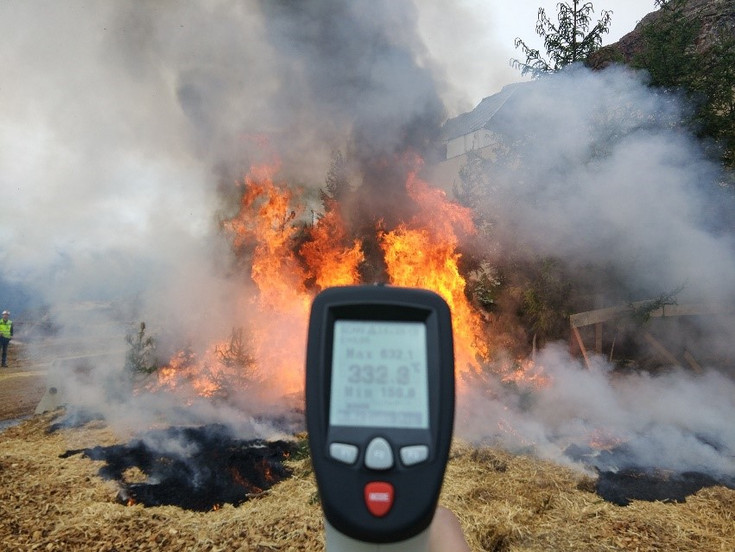Evaluating fire modelling approaches for estimating forest fire behaviour in European mountain forests
SUPERVISOR: Harald VACIK
PROJECT ASSIGNED TO: Katrin KUHNEN
Due to increased drought in Central Europe, intensity and magnitude of forest fires are increasing. Within Europe, dense development, even in the immediate vicinity of forests, is an additional risk factor. In Austria 217 forest fires occurred in 2022 and had the biggest burned area for 120 years (see also: Waldbranddatenbank Österreich, fire.boku.ac.at/firedb/de/). The most frequent reason for the outbreak of forest fires continues to be human failure.
Besides the reason for ignition of fire, a multitude of environmental conditions influence fire ignition and fire behaviour. Some of these are terrain, slope, and aspect. A fire tends to spread more slowly on flat terrain than on steep slopes. Then there is vertical and horizontal continuity, i.e., the total combustible biomass. One of the most important factors, especially for the assessment of fire behaviour, is wind (velocity and direction). Along with humidity and temperature, this is one of the meteorological factors that should be taken into account.
To better assess fire behaviour, numerous models have been developed to represent the environmental parameters in a simplified yet as realistic way as possible. However, many of these models originate from North America, Australia, or the Mediterranean countries. The environmental conditions there differ from those in European alpine areas, sometimes considerably. At the moment there are not many fire behaviour models suiting European alpine countries like Austria. Therefore, the intention of this research is to evaluate fire behaviour models for alpine regions, and to utilize its potential to train firefighters.
The conducted research will be split into three parts:
- First, a comprehensive literature review will be conducted to get an overview and general understanding regarding fire behaviour modelling approaches that already exist. The review will be conducted systematically by predefined requirements which the models must fulfill.
- Second stage will be the adaption and evaluation of a wildfire model. The applicability in European mountain areas will be tested. Fire data from historical forest fires in Austria are used to parameterize and evaluate the models. Only models that fulfill predefined requirements (i.e., possibility to integrate fire suppression measurements) will be used.
- Within the last part of the research, the applicability of a fire behaviour model for firefighting preparation purposes is tested in practice. Therefore, a tabletop exercise will be conducted.


